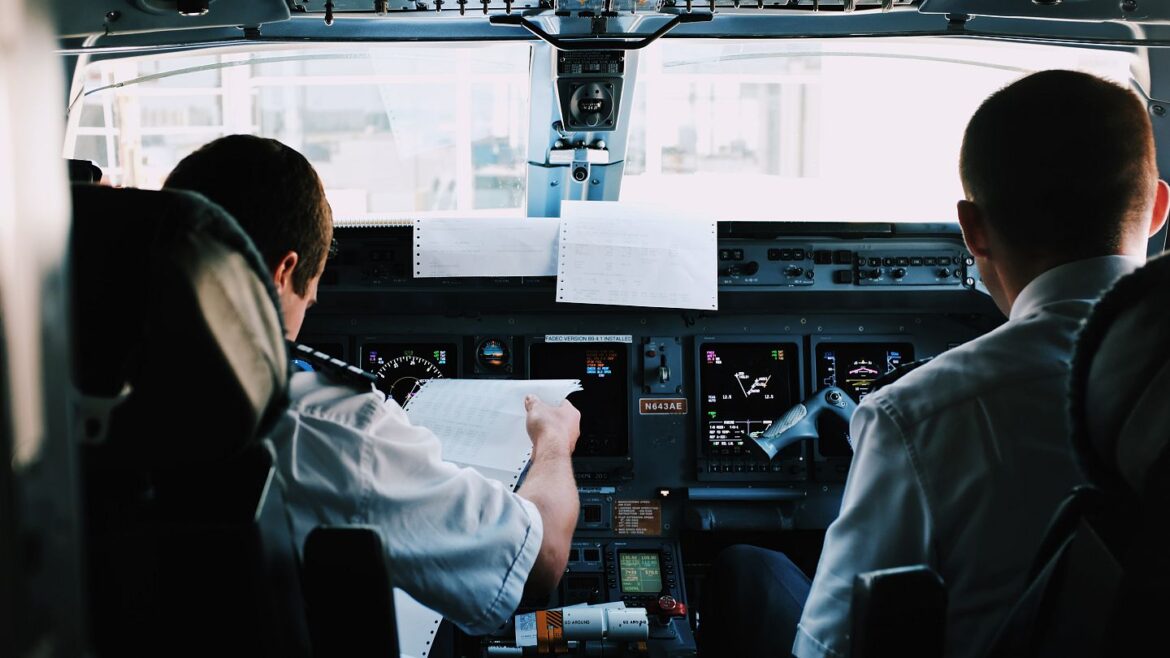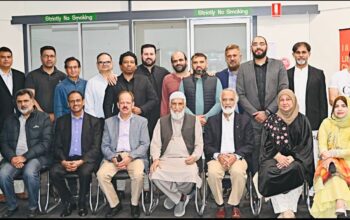Aviation experts concerned as major airlines propose dropping down to one pilot
There were once four to five people in the cockpit looking after passengers’ safety on international flights.
But now many of those planes have two pilots sitting up front and some airlines have even proposed cutting down to just one pilot, which has aviation experts and passengers concerned.
Captain Richard de Crespigny told A Current Affair he was in command of Qantas flight 32, which could have been the airline’s first fatal flight if not for the five pilots who took control after an engine exploded just after take off from Singapore in 2010.
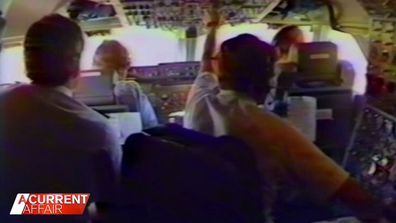
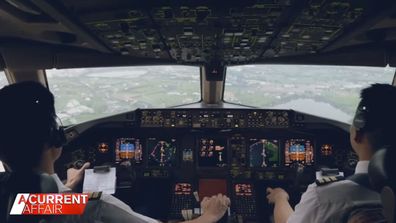
De Crespigny believes if there had only been one pilot in the cockpit that day, the 440 passengers on board wouldn’t have survived.
He recalled that all five pilots “were very busy” when the malfunction happened.
“I had a co-pilot who we shared roles (with); I required him to do the checklists and monitor the aircraft,” de Crespigny said.
“The other pilot monitored me to make sure I’m performing, the other pilots brought up new ideas that we hadn’t thought of and all that combination of skill set brings in something you can’t have by yourself.”
However, airlines like Cathay Pacific and Lufthansa are working on a future with single-pilot operation.
“While we are engaging with Airbus in the development of the concept of reduced crew operations, we have not committed to being the launch customer,” a Cathay Pacific spokesperson said.
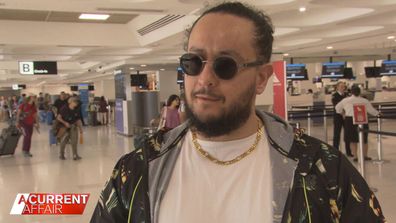
But some travellers at the Sydney Airport didn’t seem convinced that the proposed change would be a good idea, when they spoke to A Current Affair.
“(I’d) rather have two pilots in the cockpit,” one traveller said.
“I’d rather two just in case, what if the pilot has a heart attack, or something goes wrong with the flight?” said another.

What’s in it for the airlines?
The decision to make the change would ultimately “come down to cost”, according to Professor Ron Bartsch, who is one of the world’s leading experts on aviation safety and law.
“If there is a significant cost saving for single pilot aircraft, they’ll look at that possibility,” Bartsch said.
But Bartsch believes the savings won’t be much.
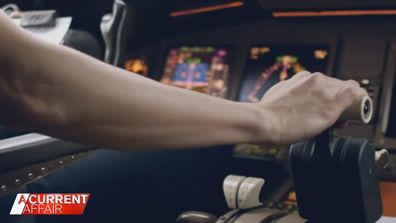
“I can’t see how that will be significant when you consider the total operating costs of the airline,” he said.
Aviation automation has advanced in leaps and bounds, and navigators and flight engineers are no longer needed.
But computer systems can crash, which is what happened to QF32 in 2008 off the west coast of Australia.
In the last few weeks, Qantas has had several serious incidents, including fumes in the cabin and engine failure.
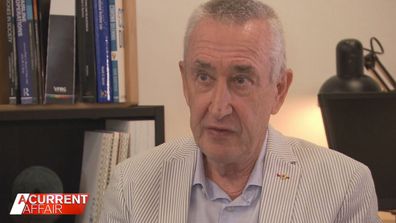

“As an aircraft gets more technical, it may do a lot of things to help you but when it fails you’re left on your own and you can’t call for help,” de Crespigny said.
“That’s when you need a well-experienced crew of at least two.”
In the future, a single pilot could talk to experts on the ground, but de Crespigny questioned what could happen if communication is lost.
“Then you are truly on your own,” he said.
When it comes to Qantas’s future, the national carrier said: “While we’re staying across developments in technology like this one, we have no plans to implement this capability in our A350s.”

